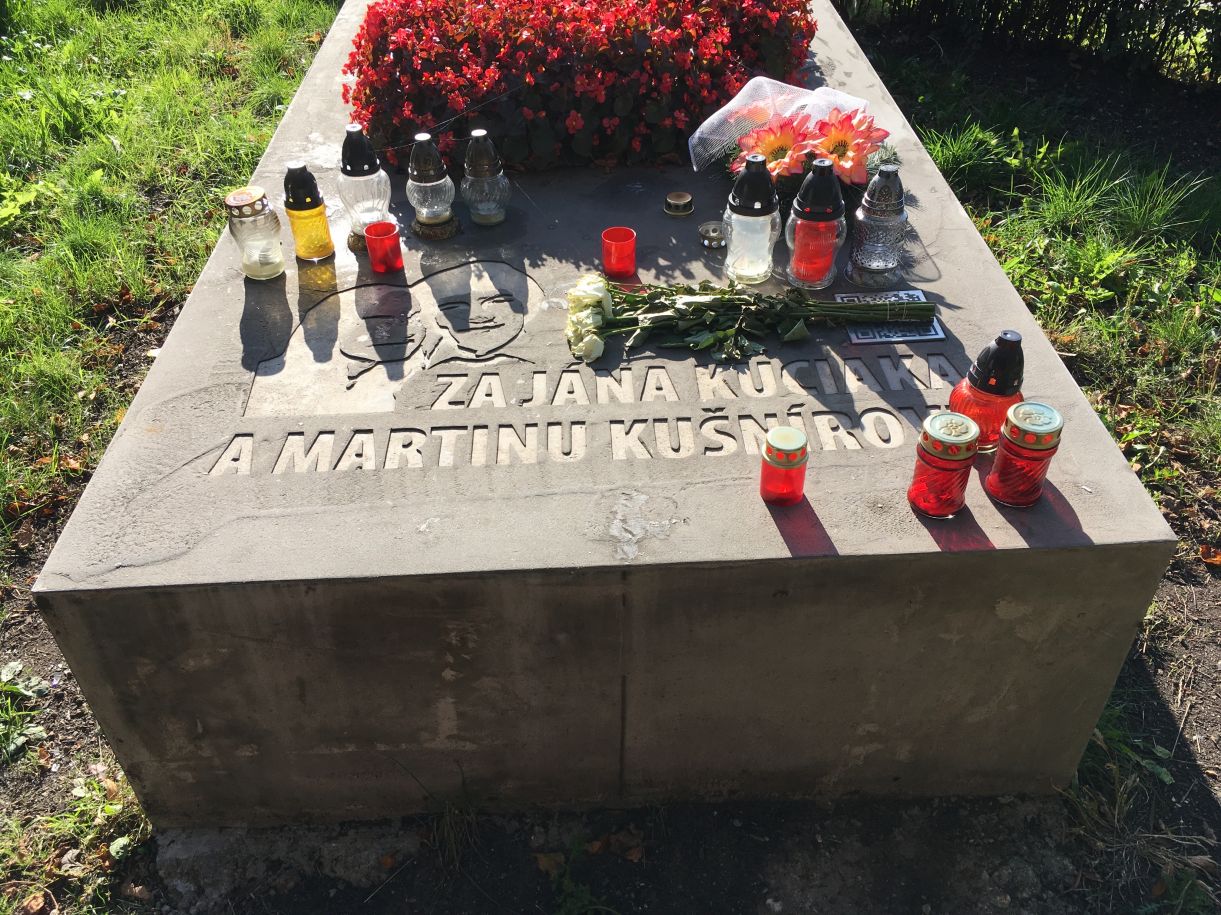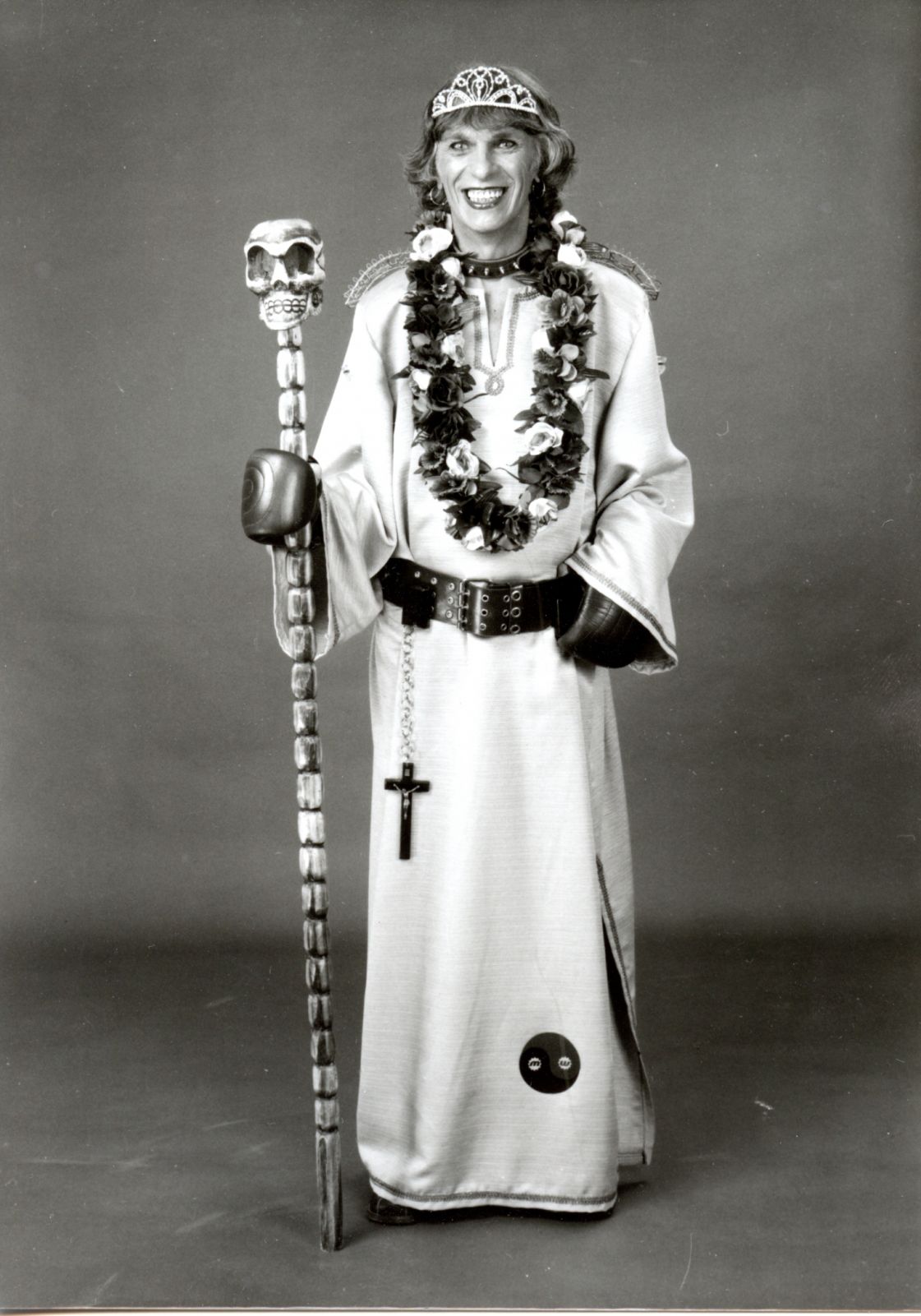Peter Kalmus, Artist
2019
The political situation since 2009, with the increase of nationalism, has gotten worse in all of the Visegrád countries. Of course, not only in the V4 but in different countries throughout the world. In 2009 no one thought that we would get to the place where a journalist would be killed because of the type of investigative work he was doing. [In February 2018, Slovak investigative journalist, Ján Kuciak and his partner Martina Kušnírová were murdered in their home in Vel’ká Mača, 40 miles east of the Slovak capital, Bratislava.] It is like a Shakespearian drama. From my eyes, it was a sacrifice, as it showed people how big of a disaster we were really living in and how the politicians and the mafia are connected. In a way, it woke people up and there was a demand for change with the many protests all over Slovakia.
That said, in Slovakia, in the recent presidential elections we have achieved the most positive results possible with the election of Zuzana Čaputová, an environmentalist and progressive politician. Local elections and the elections for the European Parliament also had positive results, so there is some hope for the future.
Everyday, I continue to work and I am now making memorials for Ján Kuciak and Martina Kušírova. One of the finished memorials is in Košice. The other memorials will be located in different cities and villages throughout the country. In 2009, I was in the midst of making a memorial to the victims of the Holocaust, which is now housed in one of the largest and most beautiful synagogues in Central Europe, located in Southcentral Slovakia. I was concerned about how the memorial would look, that it would be lost in the beauty and grandeur of the space, but it the installation is exactly where it should be as it creates strong emotions and communicates the tragedy of the Holocaust.

Peter Kalmus, Memorial for Ján Kuciak and Martina Kušírová, mixed-media, 2019, Košice, Slovak Republic
So, still today I am making memorials. If I had my preference I would be making art that is not so political, but the current political situation in the world, whether it is in Central Europe, or Syria, or other places is very worrying and it takes time and energy to process and my creative output must in some way be directed to these issues.
As we approach the 30th anniversary of the fall of the Berlin Wall I am writing some text pieces about that time, reflecting on how it was to live in the old regime and to be in dissent. As time passes, it is important to remember that the end of Socialism was due to a series of events throughout the Eastern Bloc countries, not something that just happened from one day to another.
2009
Art and life should be symbiotic. Liberty, art and love are the most important values. When you do not have the possibility to express yourself freely in the outside world, then you do not have absolute liberty.
When I announced to my mother that I wished to be an artist she asked me, “What type of artist? You cannot draw, you do not have an ear for music, and you cannot write.” At the time, I just intuitively perceived that creating art is just another way of thinking.
In the late ‘60s Ivan “Magor” Jirous, an art theorist, poet, writer and leader of Plastic People of the Universe (an important Czech underground rock band) made meetings about music and art. I learned about Warhol, Calder, and Nikki de Saint Phalle. To see this work at 15, 16 and 17 years old changed everything for me. Anything seemed possible.
Then everything stopped. The years 1970 – 1989 were like a soft form of a concentration camp. I could present my artwork because I was not, and did not wish to be, recognized by the regime as an official artist. So, I had different jobs and made mail art (unofficial artists could make art and mail it to certain countries such as Argentina and Canada). When I worked for the railroad, I could get to Prague easily where the underground art movement was much larger than in my region. It was easier in Prague to express yourself freely.

Peter Kalmus, Prvý živý sväty / The First Living Saint, performance, 2003
During this time, I also made some unannounced performances in public spaces. When John Lennon was killed, I made a happening on Main Street, then named Lenin Street. I documented it and sent the documentation to an exhibition in Calgary and they published something about it in the newspaper. After the wall came down, and I could get more information, I discovered that Lennon supposedly supported the IRA. I stopped making art in his honor.
We, the dissidents and artists, believed that we could make contributions to change the world. Now I know that everything is about money and power. I have no more illusions, no ideals about what is right and what is left. Sincerely, I do not understand this world. To only live for money and power, why?
Yet, I prefer to live in this democracy jungle than in the socialist working camp. Maybe this democracy is the best that man can create. In many ways life in the jungle is hard, but there are also many ways to be oneself, many ways to create, and many ways to be free. I am completely enjoying the second half of my life. It is not like Bolshevism, when I would wake up and wonder is this the day that I will commit suicide? Now, every morning I wake up to a new day where I live according to my imagination. I create freely and have fun. My life is full of an ecstasy of colors.
This interview was in Slovak with the aid of a translator
Photo by Oto Hudec